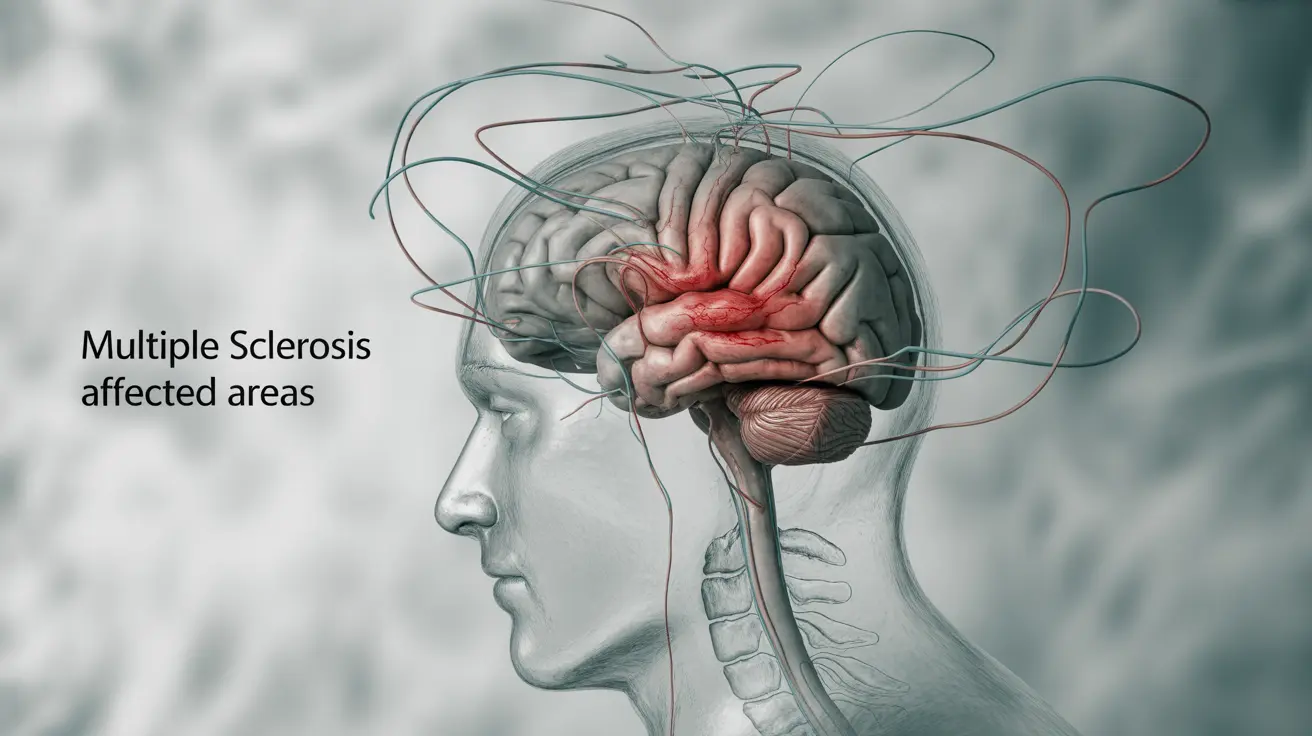Multiple sclerosis (MS) progression varies significantly from person to person, making it crucial to understand how this complex neurological condition develops over time. As the disease affects the central nervous system, recognizing the patterns of progression and available management strategies can help patients and healthcare providers make informed decisions about treatment and care.
This comprehensive guide explores the key aspects of MS progression, including common signs of disease advancement, different types of MS, treatment options, and ways to measure disability progression. Understanding these elements is essential for developing effective management strategies and maintaining quality of life.
Signs and Symptoms of MS Progression
MS progression typically manifests through various physical and cognitive symptoms that may worsen or appear over time. Common indicators include:
- Increased fatigue and weakness
- Worsening balance and coordination
- Progressive difficulty with walking
- Changes in vision or eye movement
- Cognitive challenges, including memory issues
- Bladder and bowel function changes
- Enhanced sensitivity to heat
- Muscle spasticity and stiffness
It's important to note that symptoms can fluctuate, and new symptoms may emerge as the disease progresses. Regular monitoring and communication with healthcare providers helps track these changes effectively.
Types of MS and Their Progression Patterns
Relapsing-Remitting MS (RRMS)
The most common form of MS, characterized by clearly defined attacks followed by periods of partial or complete recovery. Between relapses, there is no apparent progression of the disease.
Secondary Progressive MS (SPMS)
Many people with RRMS eventually transition to SPMS, where the disease steadily progresses with or without relapses. This transition typically occurs 10-20 years after initial diagnosis.
Primary Progressive MS (PPMS)
This form shows steady progression from the onset, without distinct relapses or remissions. Approximately 15% of people with MS have this type.
Treatment Approaches to Slow Disease Progression
Modern medicine offers various treatment options to manage MS progression:
- Disease-modifying therapies (DMTs)
- Medication for symptom management
- Physical therapy and rehabilitation
- Occupational therapy
- Cognitive rehabilitation
- Alternative and complementary therapies
The choice of treatment depends on various factors, including the type of MS, progression rate, and individual patient characteristics.
Measuring MS Progression and Disability
Healthcare providers use several tools to monitor MS progression, with the Expanded Disability Status Scale (EDSS) being the most widely used. The EDSS measures disability on a scale from 0 to 10, focusing on:
- Walking ability and mobility
- Strength and coordination
- Vision and cognitive function
- Bladder and bowel control
- Overall functional systems
Lifestyle Modifications for Managing MS Progression
Several lifestyle changes can potentially help manage MS progression:
- Regular exercise and physical activity
- Stress management techniques
- Proper nutrition and diet
- Adequate rest and sleep
- Temperature management
- Smoking cessation
- Regular medical check-ups
Frequently Asked Questions
- What are the common signs and symptoms that indicate progression in multiple sclerosis?
Common signs include increased fatigue, worsening mobility, new or intensifying symptoms, changes in cognitive function, and decreased ability to perform daily activities. Regular monitoring of these symptoms helps track disease progression.
- How do the different types of multiple sclerosis affect the rate and pattern of disease progression?
RRMS shows distinct attacks with periods of recovery, SPMS involves steady progression following an initial relapsing course, and PPMS demonstrates continuous progression from onset without relapses or remissions.
- What treatments are available to slow the progression of multiple sclerosis and manage its symptoms?
Available treatments include disease-modifying therapies, symptom-specific medications, rehabilitation therapies, and complementary treatments. Treatment plans are typically individualized based on the type of MS and specific symptoms.
- How is disability measured in multiple sclerosis and what does the Expanded Disability Status Scale (EDSS) indicate?
The EDSS is a standardized scale from 0 to 10 that measures disability in MS by assessing various functional systems, including mobility, strength, coordination, and cognitive function. Higher scores indicate greater disability.
- Can lifestyle changes and therapies help reduce the progression or severity of multiple sclerosis?
Yes, lifestyle modifications such as regular exercise, stress management, proper nutrition, and adequate rest can help manage symptoms and potentially influence disease progression. These changes should be implemented alongside medical treatments for optimal results.




